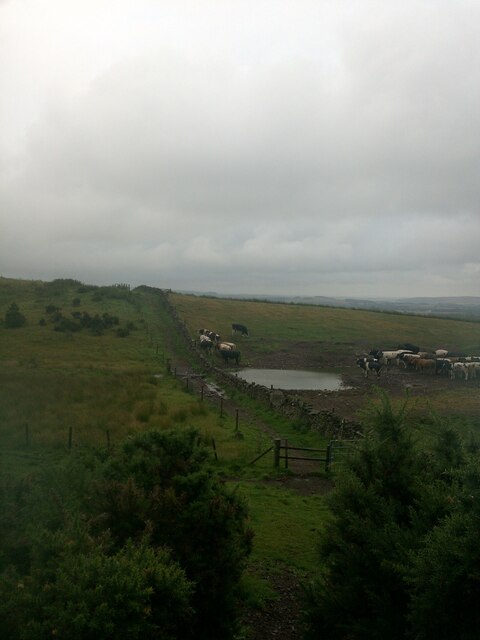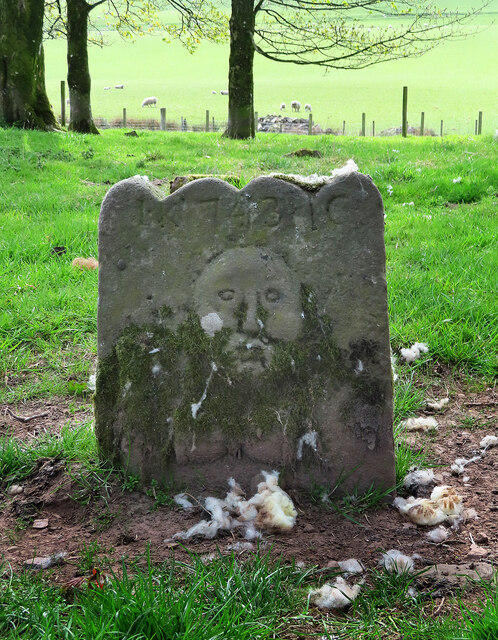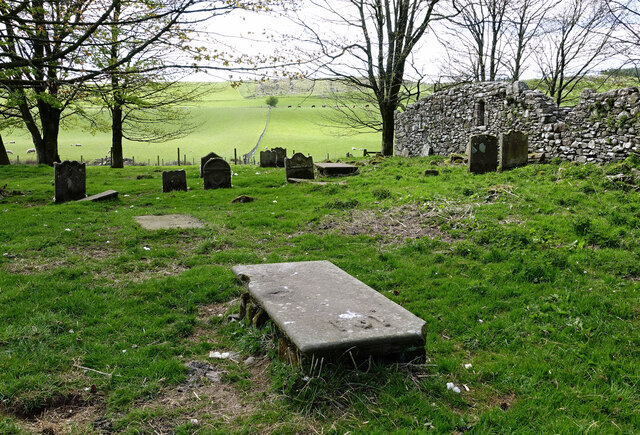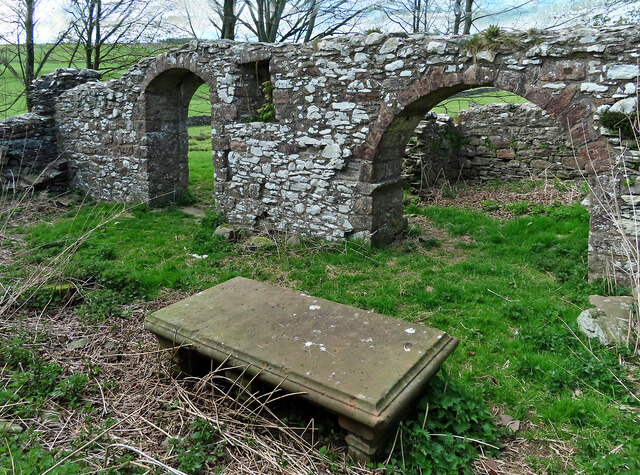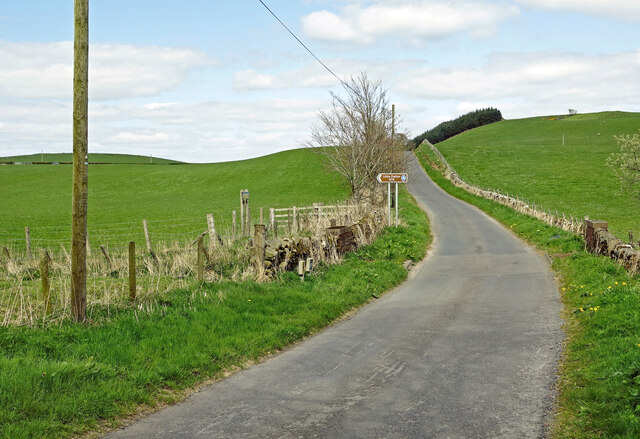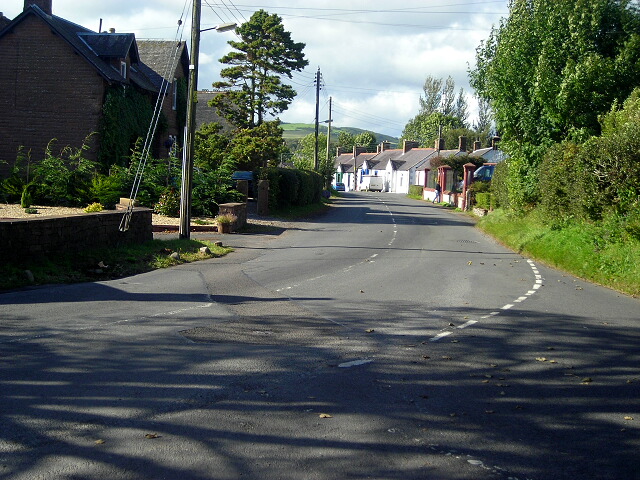Ronald's Hill
Hill, Mountain in Dumfriesshire
Scotland
Ronald's Hill
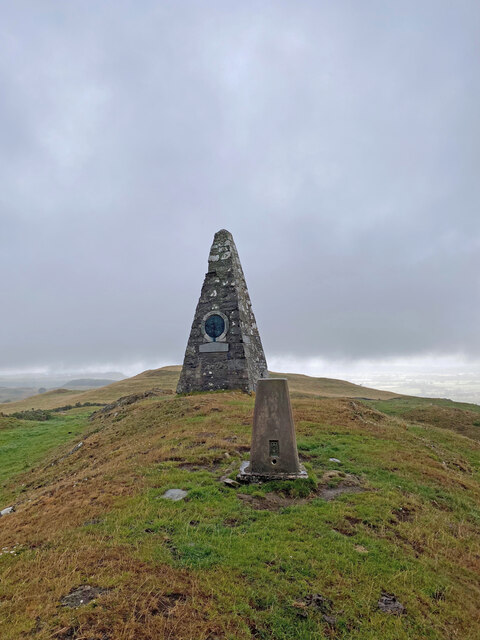
Ronald's Hill, located in Dumfriesshire, is a picturesque hill situated in the southern region of Scotland. Standing at an elevation of 871 feet (265 meters), it is often referred to as a small mountain due to its impressive height relative to the surrounding landscape.
Covered in lush green vegetation, Ronald's Hill offers breathtaking panoramic views of the surrounding countryside, making it a popular destination for outdoor enthusiasts and nature lovers. The hill is part of the Moffat Hills range, known for its rolling hills and tranquil atmosphere that attract hikers, walkers, and photographers alike.
The ascent to Ronald's Hill is relatively easy, with well-maintained paths leading to the summit. Along the way, visitors can enjoy the diverse flora and fauna that call this region home, including heather, wildflowers, and various bird species.
Reaching the top, visitors are rewarded with stunning vistas that stretch across the Moffat Valley and the surrounding hills. On clear days, it is even possible to see as far as the distant Galloway Forest Park. The hill also offers a prime vantage point for admiring the changing colors of the landscape during autumn, creating a truly magical atmosphere.
Ronald's Hill is not only a haven for nature lovers but also holds historical significance. It is said that the hill derives its name from Ronald of Morton, a local landowner who lived during the medieval period. The hill continues to attract both locals and tourists seeking a peaceful retreat in the heart of Dumfriesshire's natural beauty.
If you have any feedback on the listing, please let us know in the comments section below.
Ronald's Hill Images
Images are sourced within 2km of 55.059049/-3.4173026 or Grid Reference NY0974. Thanks to Geograph Open Source API. All images are credited.
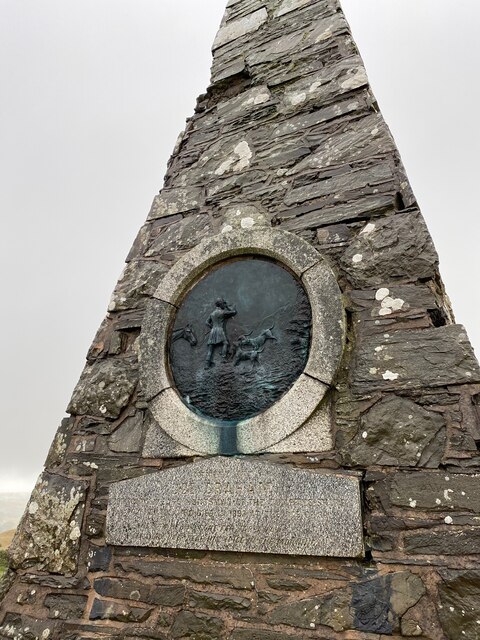
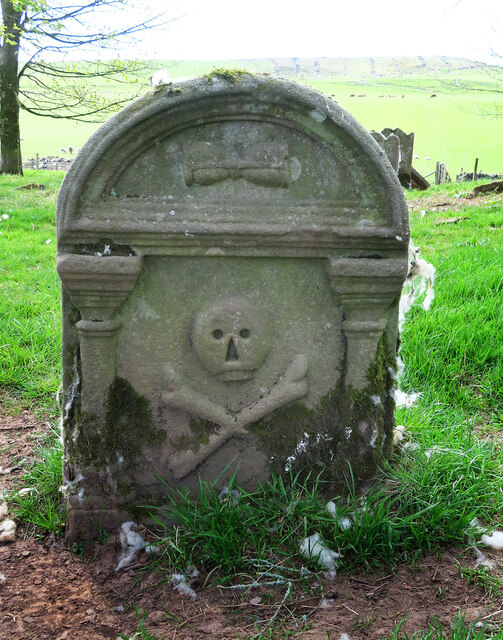
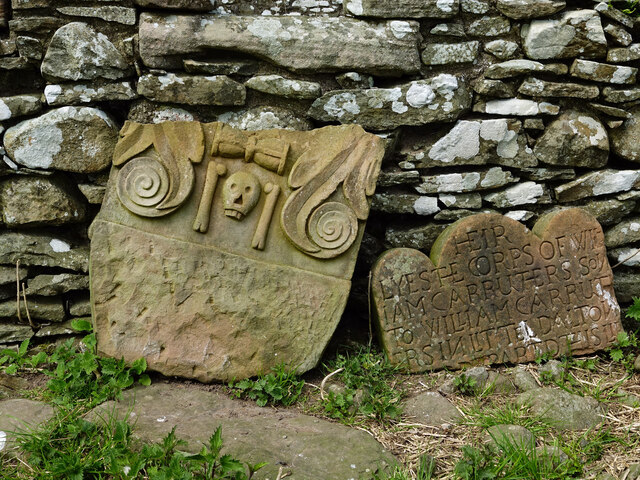

Ronald's Hill is located at Grid Ref: NY0974 (Lat: 55.059049, Lng: -3.4173026)
Unitary Authority: Dumfries and Galloway
Police Authority: Dumfries and Galloway
What 3 Words
///replace.profiled.forkful. Near Lockerbie, Dumfries & Galloway
Nearby Locations
Related Wikis
Dalton, Dumfries and Galloway
The village of Dalton is a small settlement about 10 miles (16 km) southeast of Dumfries and 4 miles (6.4 km) south of Lockerbie, in Dumfries and Galloway...
Carrutherstown
Carrutherstown is a village in the civil parish of Dalton, in Dumfries and Galloway, Scotland. It is about 9 miles (14 km) east of Dumfries. == Demographics... ==
Rockhall Tower
Rockhall Tower, also known as Rockhall House or Rockhall Tower House, is a 16th-century tower house in Collin, Dumfries and Galloway. The castle originally...
Mouswald
Mouswald is a rural village slightly east of Dumfries in south-west Scotland. It lies on the B724 south of the A75. The site views southward over the Solway...
Nearby Amenities
Located within 500m of 55.059049,-3.4173026Have you been to Ronald's Hill?
Leave your review of Ronald's Hill below (or comments, questions and feedback).
